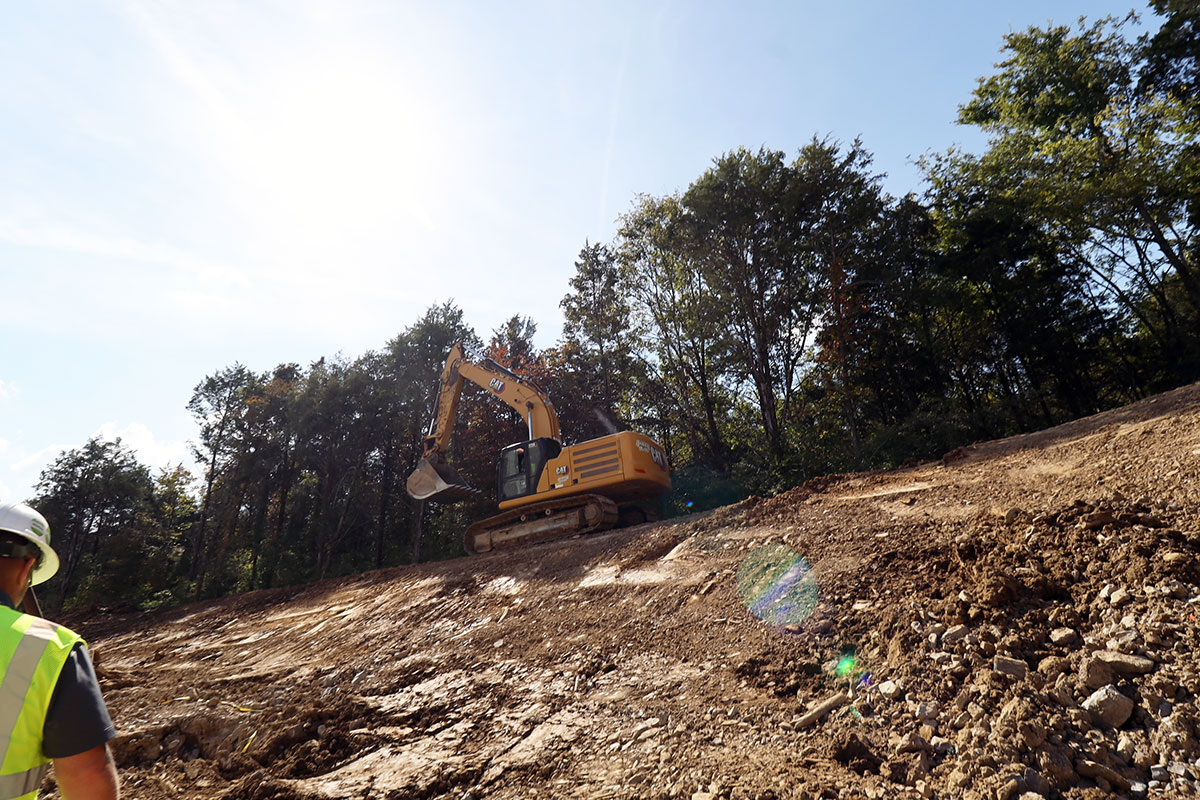
In construction, “GMP” stands for “Guaranteed Maximum Price.” It is a contract whereby the General Contractor guarantees that the total cost of a project will not exceed a set amount. It is often a sort-of design-build kind of thing because the GC and its subs do the design work along the way (especially during the bidding process), eliminating the need for separate architectural or design services.
It often means significantly higher profits for the GC. As a subcontractor, it can be advantageous, or it can work against you. If I am submitting a GMP bid as a sub, I am going to increase my markup to account for the higher risk, so I might also make a higher profit.
One thing that can make these projects more profitable for the GCs is the split on “returns,” or coming in under budget. If we save X amount of money versus the proposal, so will give the customer back 30% and keep 70%. Or maybe it is a 40/60 split. Whatever the agreed upon split, we are going to keep a large portion of it.
This type of arrangement also has positives and negatives for the owners. The customer knows when he agrees to a price, he won’t pay a penny more and won’t have to worry about spending beyond budget. What they don’t realize is that in the bigger picture, they may be paying more than what they would on a hard bid.
The owner of the project is going to pay more because of the increased risk. As a sub, we go through stages of bidding with the GC until we get to 85 – 90% of the drawings. At that point, we are pretty close to hard numbers. During that process, I am going to be elevating my prices because of the fact that I may not be able to charge any more if problems arise.
The GC will have anticipated some change orders and will have plans in place for it. But as a project ages, the GC will be less inclined to give any more money above the contracted amount to the subcontactors because that cuts into their extra profit as a GMP contractor.
If you receive a bid invitation for a GMP project, you need to be aware that you could be hung out to dry. YOU NEED TO MAKE SURE YOU UNDERSTAND WHAT A GMP PROJECT IS. If you bid a GMP project, there is a chance you might incur additional costs and not get compensated for it.
The more experience you have, and the better data you have about how you have performed on similar jobs in the past (which you will know if you use ProfitDig to track your job costs), the more confident you can be that you have properly bid a GMP job.
The construction of government structures often involves GMP projects. This is because having a guaranteed maximum price locked in eliminates the need for multiple meetings and the need to ask for more money to finish a project. The downside for the owner of the project (often a local government) is they are going to pay in the range of 10% – 35% more for the job versus a hard bid.
Risk is transferred to the GC, along with much more profit.
We have seen a strong uptrend in GMPs over the last 5 – 10 years and expect the trend to continue. As always, make sure you carefully read any contracts presented to you. If it is a GMP project, you need to account for the additional risk in your estimate.
